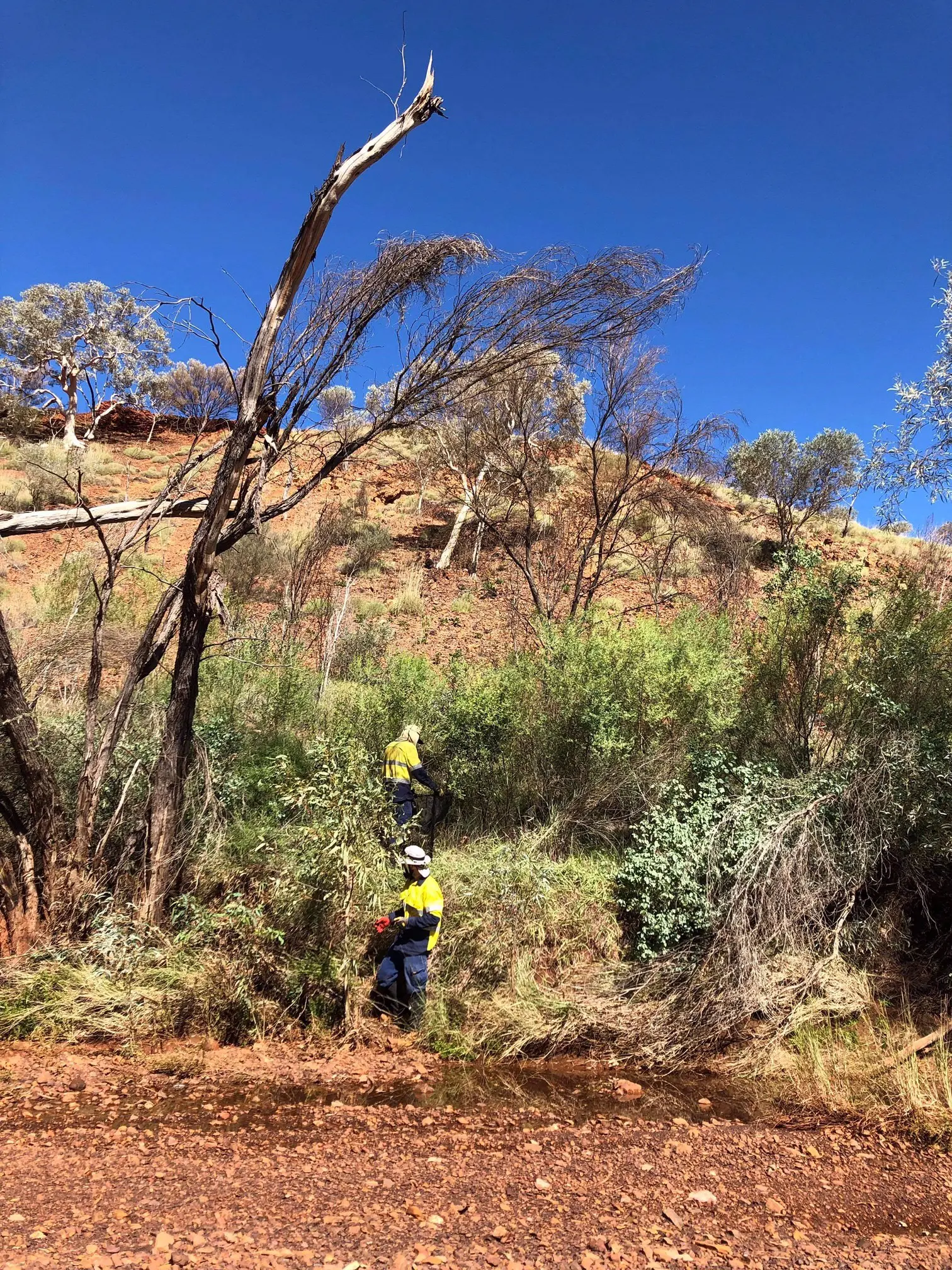On 21 October, CRC TiME appeared at the NSW Standing Committee on State Development inquiry into beneficial and productive post-mine land use.
Delivered by Dr Guy Boggs, CEO
Acknowledgements
Thank you to the Committee for inviting us here today.
Firstly, my colleagues and I would like to acknowledge the Traditional Owners on the lands on which we each join you today.
For me, in Perth, the Whadjuk people of the Noongar nation. For Tom, in Brisbane, it is Jagera people and the Turrbal people. And for Jillian, in Adelaide, it is the Kaurna people.
We pay our respects to Elders past and present.
Introduction
CRC TiME is an independent research organisation working to bring together diverse stakeholders to improve what happens after mining ends.
We have delivered over 40 projects worth over $30M since forming in 2020, through funding from the Australian Government Department of Industry, Science and Resources Cooperative Research Centre Program as well as in-kind and financial support from our 80 partners.
Key points
In the four years since we began, we have seen a significant shift – regionally, nationally and globally – in how the process of mine closure is understood.
What is happening is recognition of the need to focus on what is being transitioned into not only what is being transitioned out of. This represents a fundamental shift towards value optimisation.
As the Committee has heard, this raises complex and challenging questions.
Our submission highlighted some of our work underway to help answer these pressing questions, including on policy, collaborative planning, economic transition capacity, repurposing options, First Nations Inclusion, technical solutions and education and training.
We look forward to your questions on these.
Before then, I quickly wanted to highlight three overarching observations.
The first is the importance of shifting from site to regional scale.
Mine closure is regulated at a site scale, usually-proponent led and seeking to return to prior state.
This is in tension with the experience of economic and social effects at a regional scale.
And limits consideration of what post-mine land use options could deliver the best value.
The second is the role of multistakeholder and whole-of-government processes.
Every region is different. What model is used should reflect what is best suited for that context.
What is common across all regions is grounding collaborative planning in each region’s own value set, the importance of First Nations being equal partners in local processes and – critically – the need for a cross-government coordination.
And, the third is the potential for a mine closure solutions industry.
Our landmark report with the CSIRO identified an approximate $4 – $8 billion annual spend on mine closure equipment, technology and services to 2040.
This is significant, with potential to turn the domestic challenge into global opportunities for local, Indigenous and Australian businesses under the right settings.
We look forward to your questions.
(Ends)

